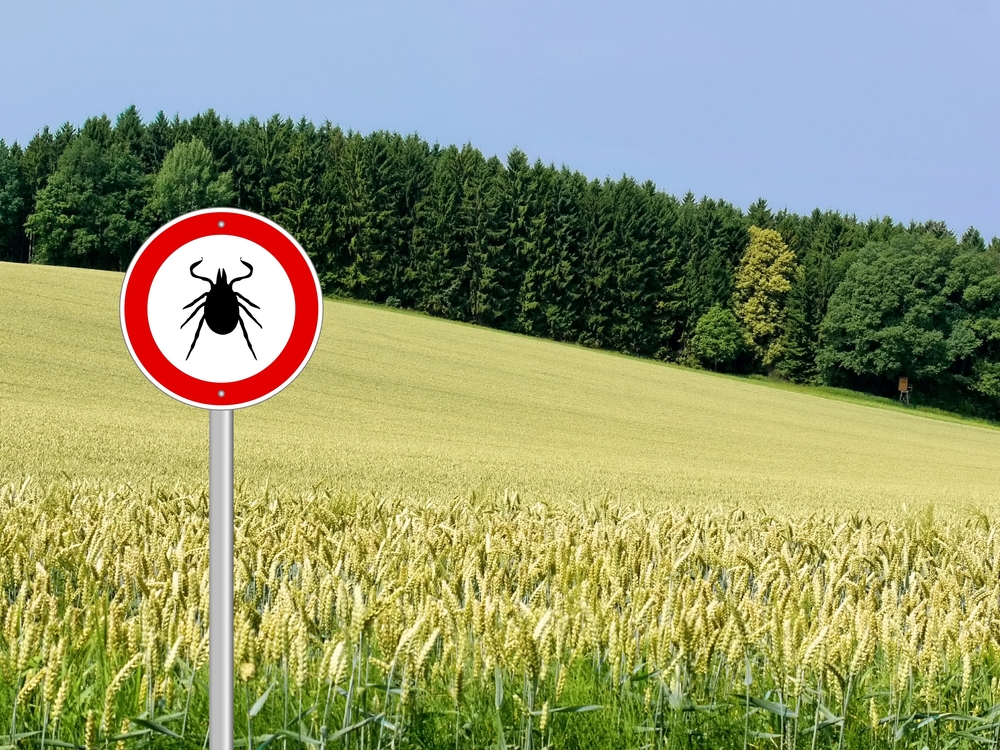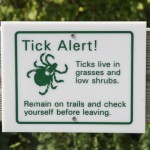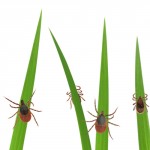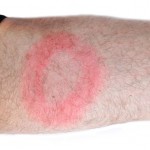Lyme Disease: What You Need to Know

 As a general rule, I think 3 year olds should be locked away for a year. Sure they are cute, but when they snap, they are more frightening than Carrie after the pig blood incident. When my eldest was 3, she was fairly awful, but in a non-specific, 3 year old little beast way. Then, we went apple picking. Almost immediately after, she was unbearable. I was googling temporary adoption services every chance I got — let me save you some time … it doesn’t exist. Two weeks later, to the day, I was giving Broom Hilda a bath and noticed a very distinct red raised ring on her chest around her arm. It looked like she had hung a hot hoop over her shoulder, as you would a purse, and it had burned her skin. My first thought was, “It’s Lyme. Thank God! It isn’t a personality disorder. A few weeks on an antibiotic is a helluva lot easier and cheaper than years of therapy
As a general rule, I think 3 year olds should be locked away for a year. Sure they are cute, but when they snap, they are more frightening than Carrie after the pig blood incident. When my eldest was 3, she was fairly awful, but in a non-specific, 3 year old little beast way. Then, we went apple picking. Almost immediately after, she was unbearable. I was googling temporary adoption services every chance I got — let me save you some time … it doesn’t exist. Two weeks later, to the day, I was giving Broom Hilda a bath and noticed a very distinct red raised ring on her chest around her arm. It looked like she had hung a hot hoop over her shoulder, as you would a purse, and it had burned her skin. My first thought was, “It’s Lyme. Thank God! It isn’t a personality disorder. A few weeks on an antibiotic is a helluva lot easier and cheaper than years of therapy
We got lucky. Lyme isn’t always so clear cut.
What You Need to Know About Lyme Disease:
Transmission:
 • Most cases of Lyme Disease are transmitted to a human by a nymph (immature tick) in the spring and summer months. They are less than 2mm in size and are difficult to see, think poppy seed and you have the size and color about right. Adult ticks, which can also transmit lyme feed in cooler months.
• Most cases of Lyme Disease are transmitted to a human by a nymph (immature tick) in the spring and summer months. They are less than 2mm in size and are difficult to see, think poppy seed and you have the size and color about right. Adult ticks, which can also transmit lyme feed in cooler months.
• A tick needs to be attached to the skin for about 36-48 hours in order to transmit disease.
• You do not get Lyme from other people, household pets or eating squirrel (I know many of you were very worried about the last one.)
 Symptoms:
Symptoms:
Early symptoms include:
• the typical bullseye rash which occurs 3-30 days after infection. It is seen in about 70-80% of people.
• fatigue, headache, fever, painful swollen joints, swollen lymph nodes
If untreated, in the following weeks, some people experience more severe symptoms including:
• extreme joint pain and swelling
• neck stiffness from meningitis
• Bell’s Palsy
• dizziness and heart palpitations
Even without treatment, these can resolve.
60% of patients who don’t receive treatment will experience periodic bouts of arthritis.
5% of these patients will have long term neurological problems.
Prevention:
 • Most importantly, be extra vigilant between April and September.
• Most importantly, be extra vigilant between April and September.
• Avoid wooded areas.
• Use bug repellant with 20% DEET and products with permethrin on clothing.
• When exposure to ticks was possible, shower and do a tick check on your kids within two hours of them coming inside. Check pets as they can bring a tick into the house.
• If you see a tick, remove it immediately.
Remember, not every tick will transmit Lyme. But, if you remove a tick, be on the lookout for symptoms. Early treatment is key for cure.
Want to learn more? Check out this guide about
how to protect your yard from ticks from Organic Daily Post.
Read This Before You Go Gluten-Free
10 Foods You Have to Try on the Grill
GET UNPLUGGED: 25+ Family Games to Play This Summer
20+ Refreshingly Fruity Cocktails




























